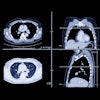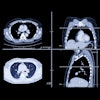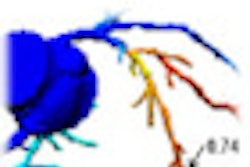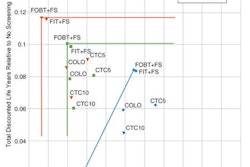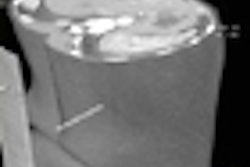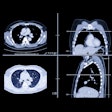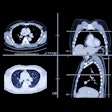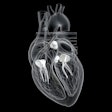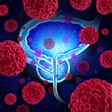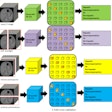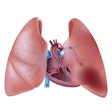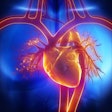Dear AuntMinnie Member,
With concerns over CT radiation dose at the top of the agenda, the September issue of the Journal of the American College of Radiology is offering tips that facilities can use to ensure that patients receive the appropriate dose for chest CT exams.
A new article in our CT Digital Community covering the paper reviews some of the recent advances in CT that enable lower doses, such as iterative reconstruction, and also provides advice on protocols to use, such as adjusting mAs and kVp. To learn more click here, or visit the CT Digital Community at ct.auntminnie.com.
MRI for NSCLC and rectal cancer
Meanwhile, in the world of MRI, Japanese researchers have found that using diffusion-weighted MRI to generate apparent diffusion coefficient (ADC) values can help predict the prognosis of patients with non-small cell lung cancer (NSCLC).
The researchers found that the ADC values were useful in predicting patient response to chemotherapy, enabling oncologists to switch drugs if necessary. MRI has advantages over other techniques that might be used for monitoring, such as PET or CT -- specifically, its lack of ionizing radiation. Get the rest of the story by clicking here.
Finally, European researchers also found MRI to be useful in directing chemotherapy, this time for patients with rectal cancer. The researchers believe the study is the first in which MRI predicts outcomes in patients with rectal cancer who have completed initial chemotherapy.
Read all about it by clicking here, or visit the MRI Digital Community at mri.auntminnie.com.


